This is where it all started – 15 years ago, in a small hotel, Multilux, in Riga centre. Latvia – instant falling in love, a place imagined only in storybooks of my childhood, so obviously it couldn’t be real. Riga with its medieval atmospheres from another time, its four seasons, the world’s most beautiful women, and moments when the time stands still. And its country side, which is the closest place to fables of Walt Disney, Hans Christian Andersen and brothers Grimm; with its glades, wooden cottages, rivers, lakes, mushrooms, water lilies, strawberries, forests, storks, swans, snow, Northern flora and fauna, Northern colours. And its fairies, its little goblins, its forest spirits. Here my heart started beating faster, and here is where I decided to stay for good. And Latvia returned my embrace, and made me happy.
“Latvia - best enjoyed slowly.”
“Everybody needs a patch of green.”
A Ferrari club in Latvia, where there’s no trace of the head office. A difficult bet, in the least. One more evidence that with passion you can do anything. We have found appropriate headquarters, a beautiful building. We have thought to combine Ferrari and nature at its best. From here our project begins, our idea of an international club to let the High North know what Ferrari passion means, and to let the whole world know how beautiful Latvia is. Our club is growing, it’s small but active, and with high goals. Internet is our greatest ally and Latvian dedication, together with the passion of an Italian president in love with the Prancing Horse since childhood, is the backbone. A cocktail with an uncertain but promising flavour. And we believe in miracles.
Our club den. A brief history of our building or “A look back to Art Nouveau”

During the renovation work of our apartments in 2009, we felt compelled to take a look into the history of the building. The construction started in 1910 and took 4 years to complete before the final product was handed over to the owner, Aron Pesis, a Jewish man from Ukraine. As we were rummaging through handwritten papers, we found the oldest documents, dating all the way back to 16th March, 1910, and it was here that we made our most exciting discovery. We came across the original permit to create a five-story stone building, signed by the supervisor Paul Mandelstam.

What a surprise! The building that houses our club was designed by one of the most important Art Nouveau architects in Riga and the most prominent architect of the Jewish community in the city.
Mandelstam graduated from Riga Polytecnic University with a degree in Architecture. During his career, he designed over 70 buildings in Riga. Mandelstam's designs were created in the style of Art Nouveau, and his buildings are both eclectic and functionalistic. At the turn of the 19th century, several architects remodelled Riga, giving the city a new image. Mandelstam was one of the central figures involved in this movement. Sadly, he died during the Holocaust at the beginning of Nazi occupation but his work lives on.
Our projects. Loving Latvia without changing it
Our club is involved in Latvian conservation through a non-profit association ‘Our Latvia’, whose goal is to preserve the country from urbanization and ensure the protection of its vast and varied natural habitats. Our Latvia is also passionate about preserving and reviving Latvian traditions. We would love to open up your heart to the true charm of Latvia its modest beauty, old traditions and unspoiled nature.
In the countryside, you will experience a surprising biological diversity a mosaic of vast forests, farmsteads, clear rivers and long stretches of pristine sandy beaches. The ecological protection programs and pure farming provide the country with the idyllic qualities of a nature reserve. Latvia has the best environmental quality in Eastern Europe, and is home to many endangered or near extinct animal species. Our initiatives were born from our admiration and sincere respect for a cultural and natural heritage of which still little is known. Our goal is to preserve it from outdated forms of tourism which leave little to the visitor and even less so to the region. Scuderia Ferrari Club Riga takes an active interest in how the brand has adapted over concerns about the environment.
Our favourite. Latgale – the Land of Blue Lakes
Latgale is a region rich in history in East of Latvia. The most unique characteristic of Latgale is the Latgalian dialect, which is still commonly used and has its own alphabet. Its history is as colourful as the weaver’s patterned bedspreads. A faint reminder of the ages long past are the hundred and fifty castle mounds, scattered all throughout the region. Many architectural monuments – such as cathedrals, churches, manors, farmsteads, also parks – that were built in 18th and 19th centuries are beautifully preserved until this day.
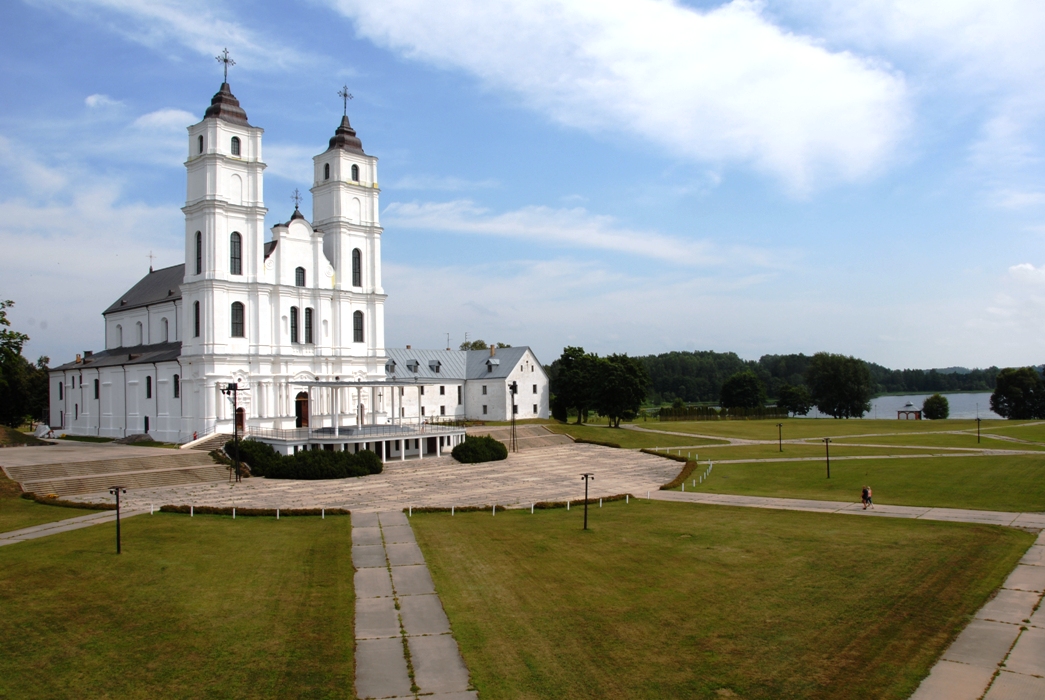
The Land of Blue Lakes acquired its name for a very obvious reason – Latgale has the largest number of lakes in Latvia, and several of these lakes are interconnected, making it a popular destination for scenic boat rides. The old valley of the river Daugava, “Daugavas loki”, attracts with its many curiosities – great stones (the biggest Latvian great stone measures up to 130 m3), glens and picturesque slopes.
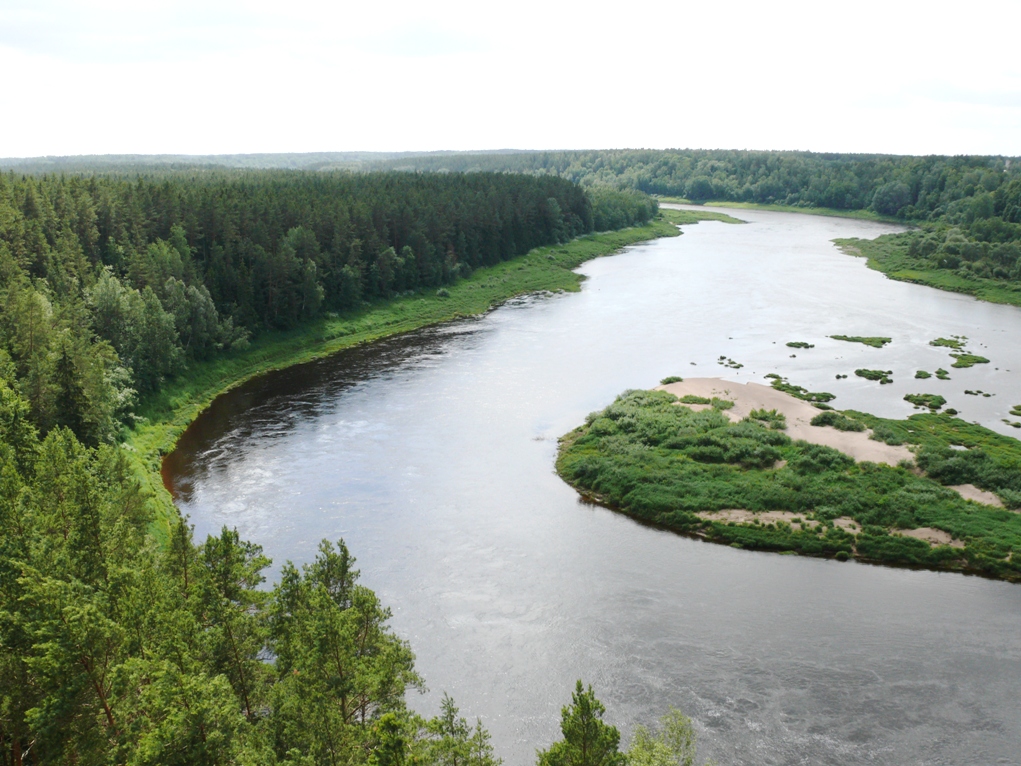
Latgale was a part of Kingdom of Poland up until the 16th century. The influence of Polish rule is the most noticeable in religion; the road sides are adorned with crucifixes, religious icons and white churches. The dominating religion is Roman Catholicism, and the Aglona Basilica is one of the most important Catholic spiritual centres in Latvia. Every August it attracts many thousands of pilgrims from near and far to mark the day of the Assumption of the Virgin Mary into Heaven.
Latgalian craftsmen have preserved the old traditions of their skill, passing it from one generation to next. The local pottery is characterised by rich colour glazing; the traditional patterns and ornaments are still used in weaving and knitting; the wickerwork is both beautiful and practical. Latgale is an equally exciting destination for gourmets, offering a wide variety of local delicacies and specialising farms that warmly welcome all visitors. Ecotourism, too, is becoming increasingly popular, making this Land of Blue Lakes an excellent choice for a getaway from the Riga city bustle.
The fairy tales
Latvia is therefore the physical representation of the loveliest fairy-tales told by the three best authors, who we want here to honour with a tribute to their wonderful job.
Brothers Grimm
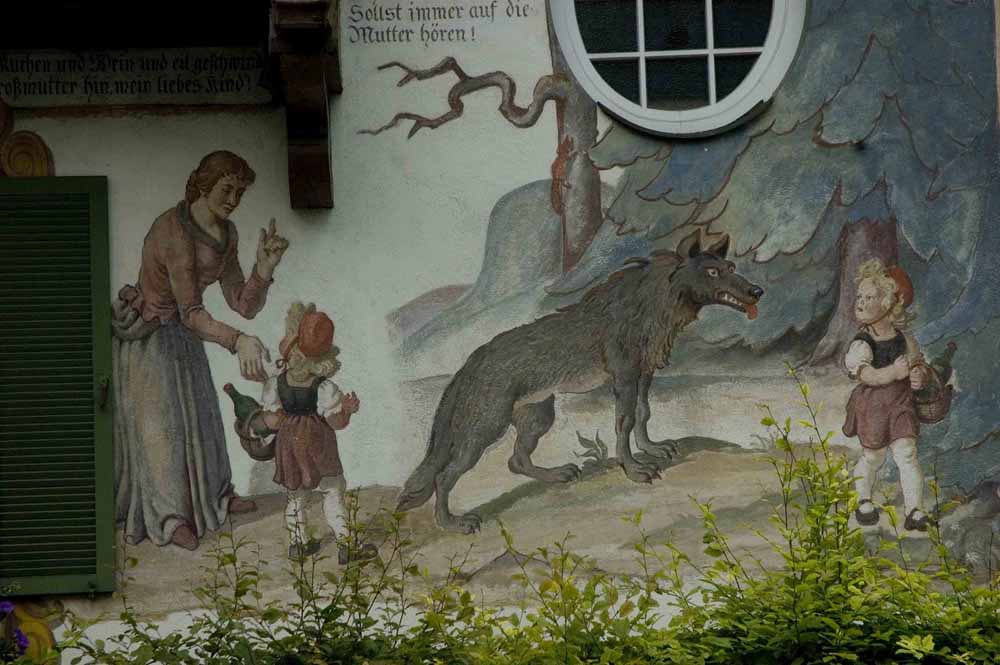 |
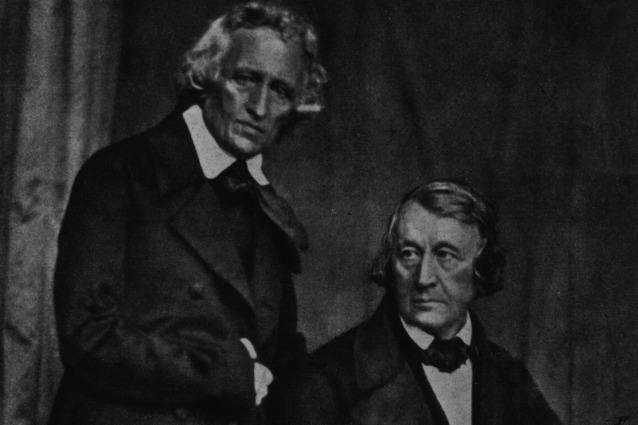 |
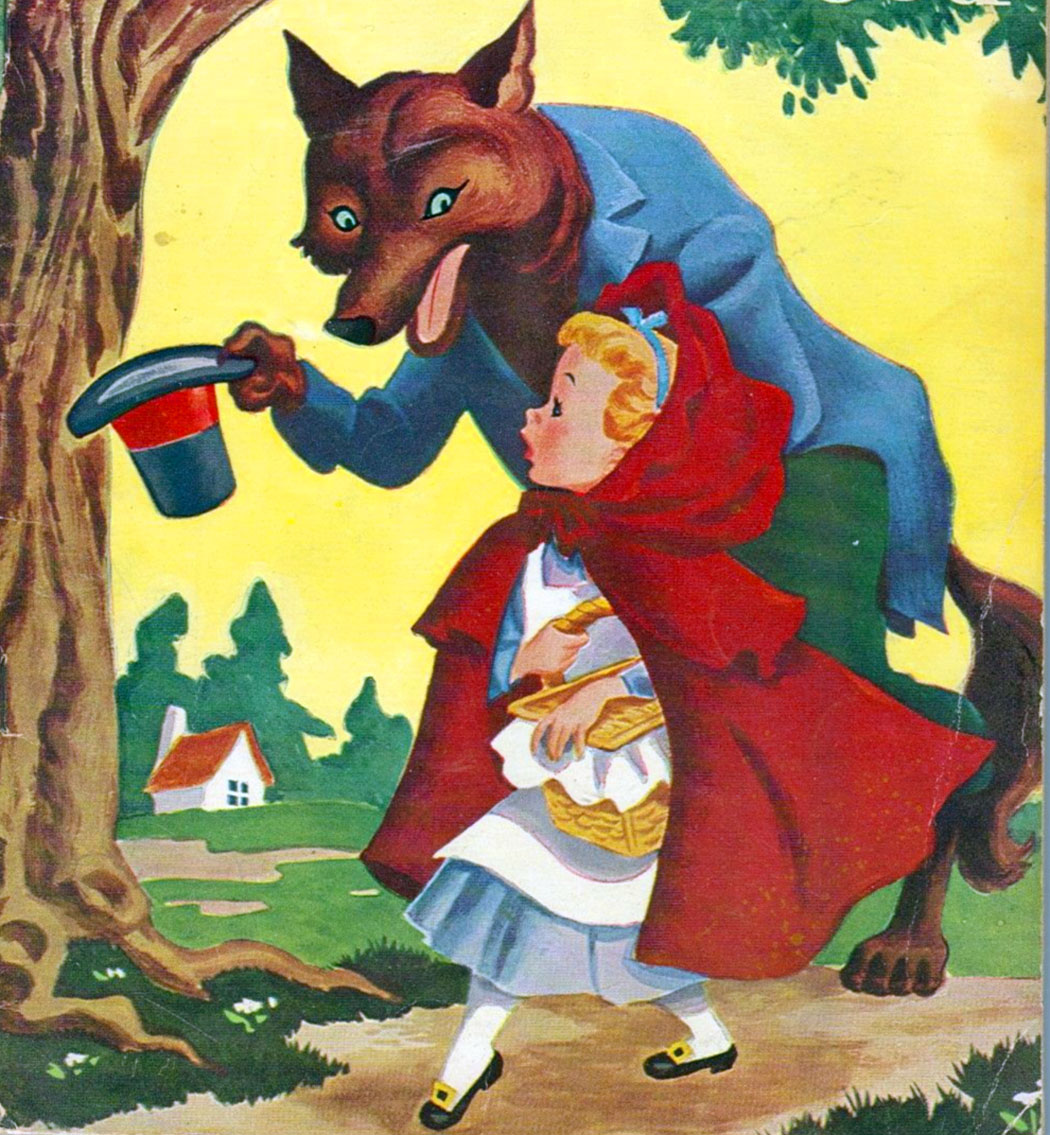 |
|
Jacob and Wilhelm Grimm were German authors and among the first and best-known collectors of folk tales; they popularized traditional oral tale types such as "Cinderella", "The Frog Prince", "The Goose-Girl", "Hansel and Gretel", "Rapunzel", "Rumpelstiltskin", "Sleeping Beauty" and "Snow White". Their collection grew from 156 stories to more than 200. The tales are available in more than 100 languages and have been adapted by filmmakers including Walt Disney, with films such as Snow White and the Seven Dwarfs and Sleeping Beauty.
 |
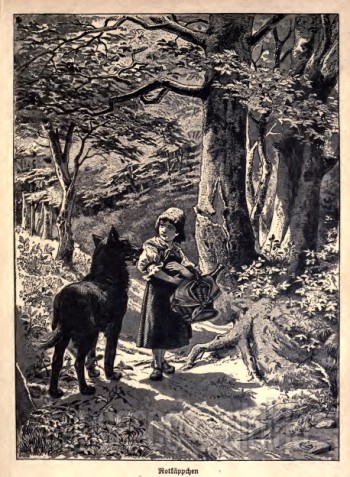 |
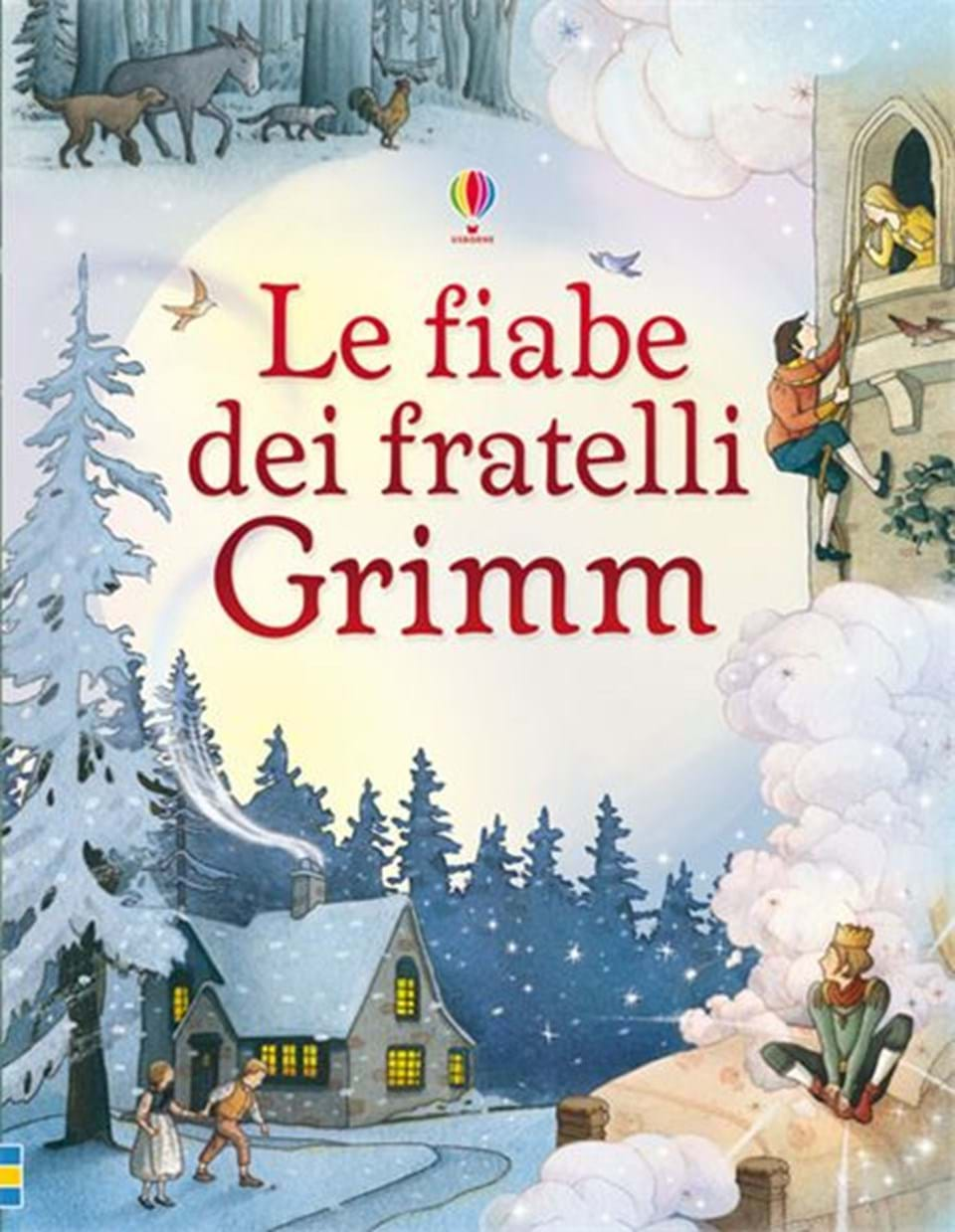 |
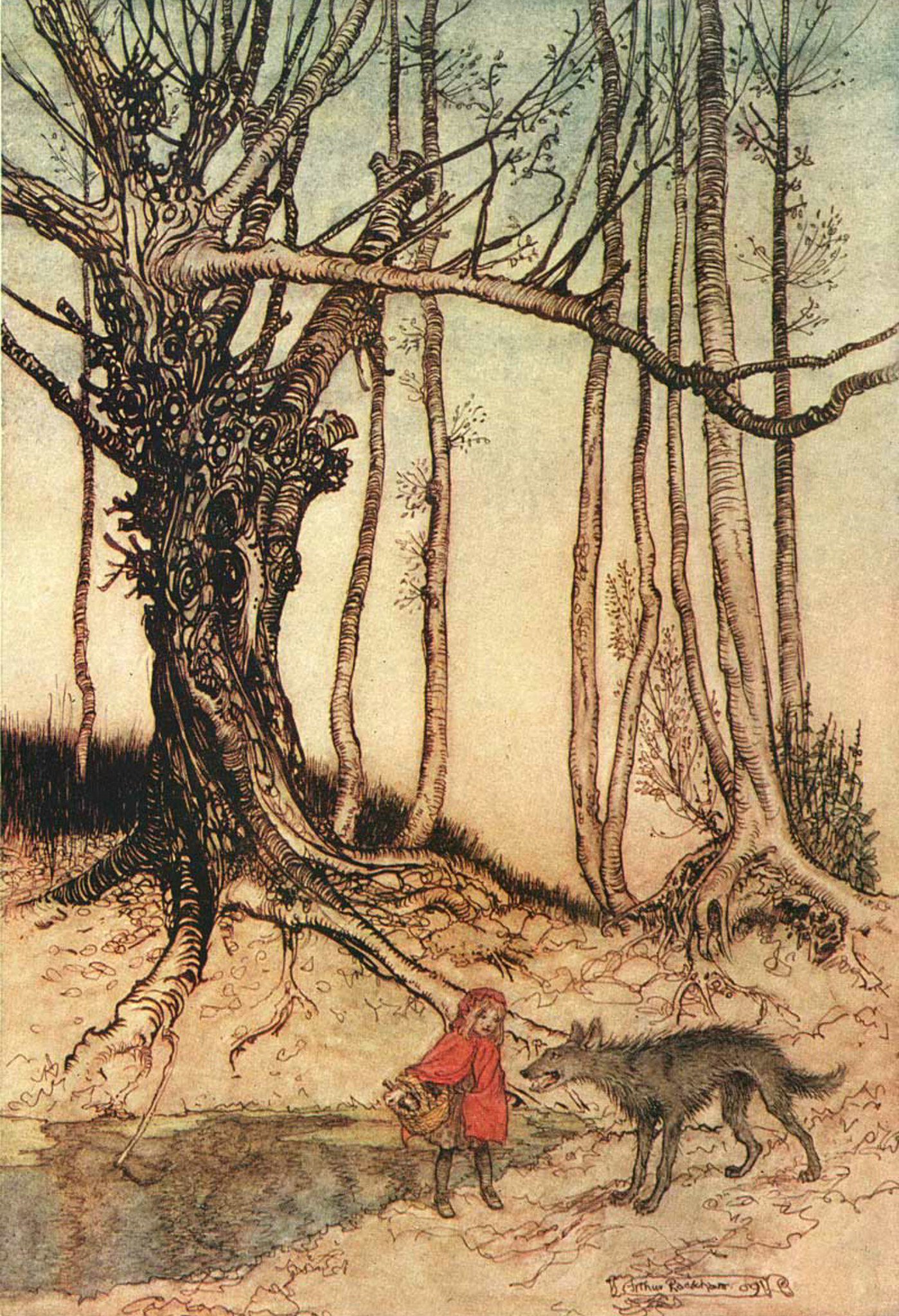
The Grimms defined "Little Red Riding Hood", shown here in an illustration by Arthur Rackham, as representative of a uniquely German tale although it existed in various versions and regions.
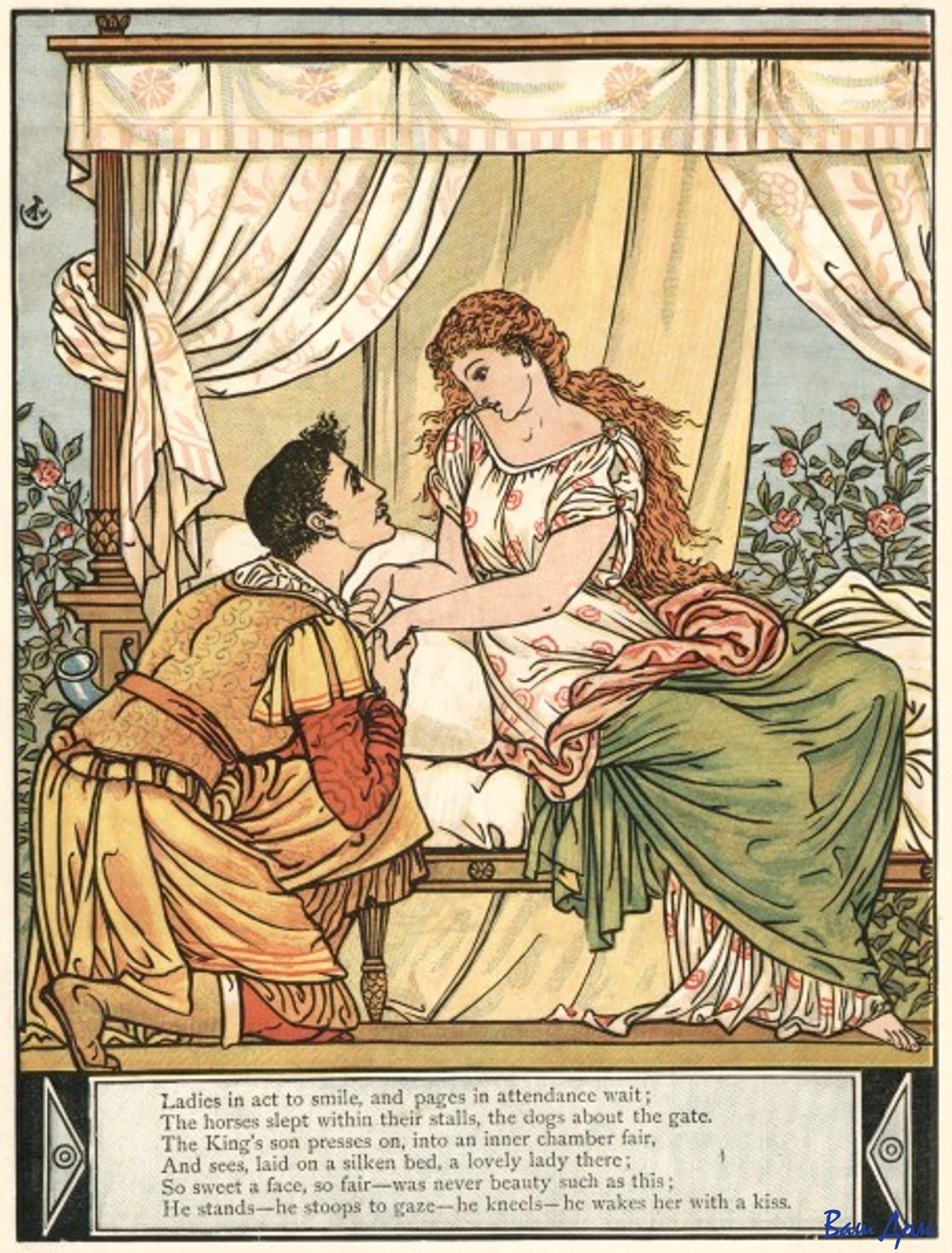
Stories such as "Sleeping Beauty", shown here in a Walter Crane illustration, had been previously published and were rewritten by the Brothers Grimm.
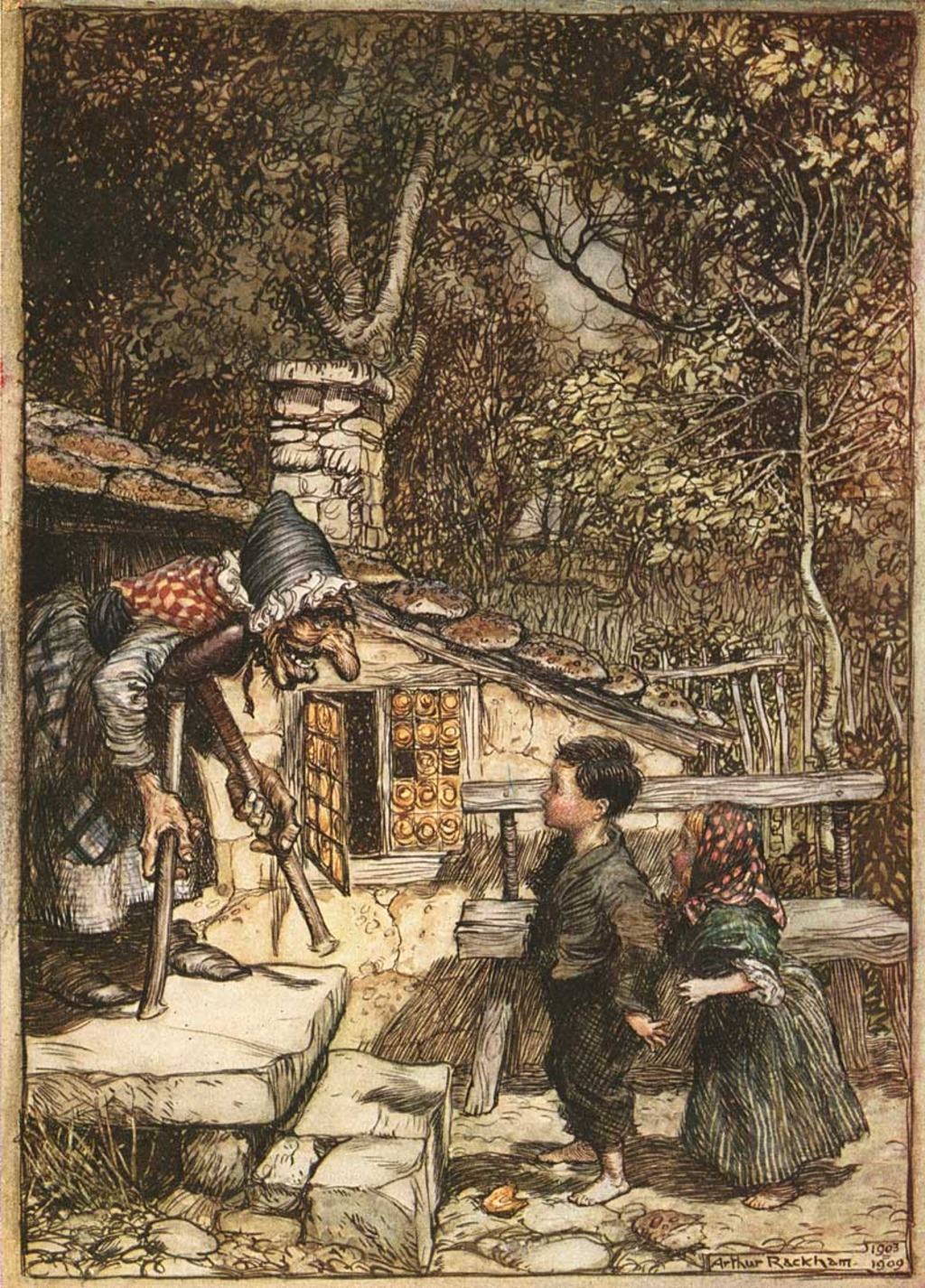
"Hansel and Gretel", illustrated by Arthur Rackham, was a "warning tale" for children.
German culture is deeply rooted in the forest (wald), a dark dangerous place to be avoided, most particularly the old forests with large oak trees and yet a place to which Little Red Riding Hood's mother sent her daughter to deliver food to grandmother's house.
Hans Christian Andersen
Hans Christian Andersen, 2 April 1805 – 4 August 1875, was a Danish author best remembered for his fairy tales, of which no fewer than 3381 works have been translated into more than 125 languages. Some of his most famous ones include "The Emperor's New Clothes", "The Little Mermaid", "The Nightingale", "The Snow Queen", "The Ugly Duckling", "The Little Match Girl", "Thumbelina", and many others.
"It doesn't matter about being born in a duckyard, as long as you are hatched from a swan's egg" "The Ugly Duckling."
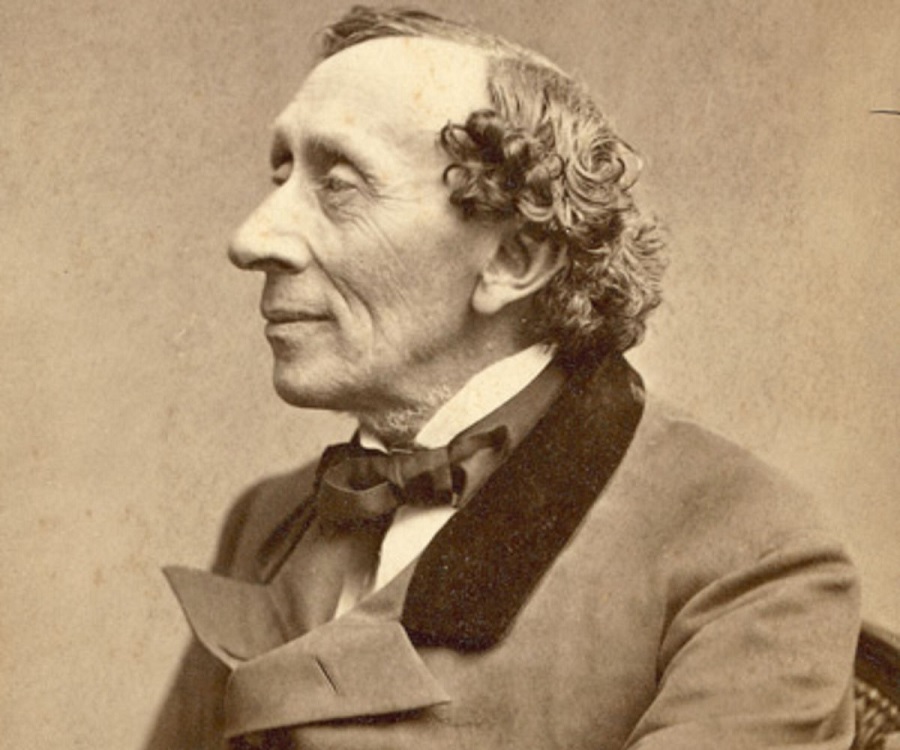

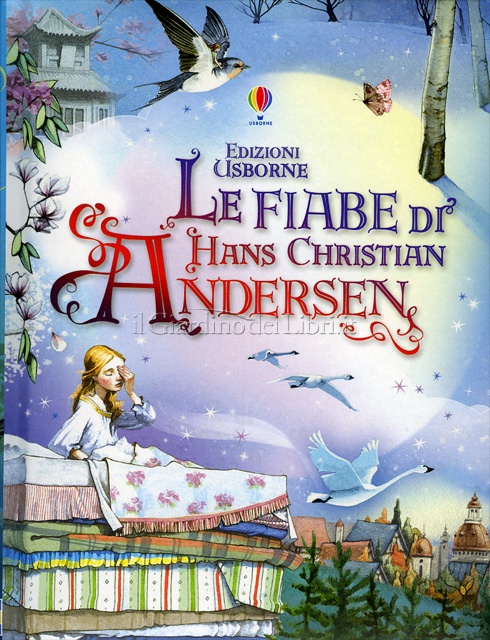
After a visit to Sweden in 1837, Andersen became inspired by Scandinavism and committed himself to writing a poem that would convey the relatedness of Swedes, Danes and Norwegians. In July 1839, during a visit to the island of Funen, Andersen wrote the text of his poem Jeg er en Skandinav ("I am a Scandinavian") to capture "the beauty of the Nordic spirit, the way the three sister nations have gradually grown together" as part of a Scandinavian national anthem. One of his stories, "The Nightingale", was written as an expression of his passion for Jenny Lind and became the inspiration for her nickname, the "Swedish Nightingale". Andersen was often shy around women.
Walt Disney
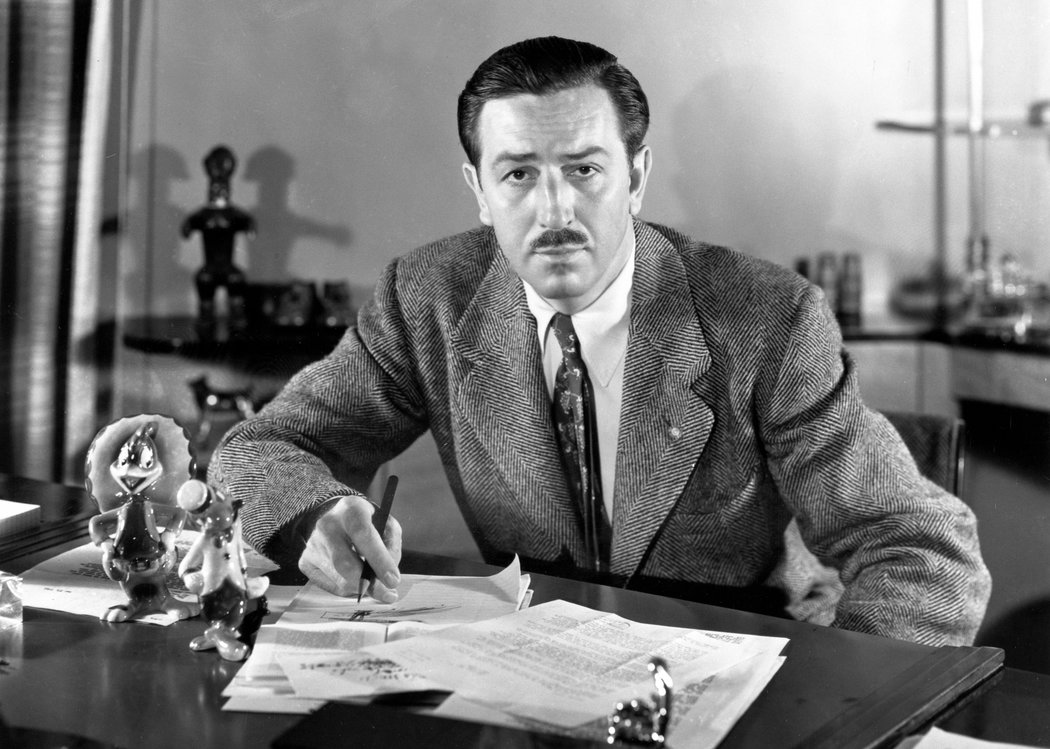
Walter Elias Disney, December 5, 1901 – December 15, 1966, was an American film producer. A pioneer of the American animation industry, he introduced several developments in the production of cartoons. Born in Chicago, he developed an early interest in drawing. With Ub Iwerks, Walt developed the character Mickey Mouse in 1928, his first highly popular success.
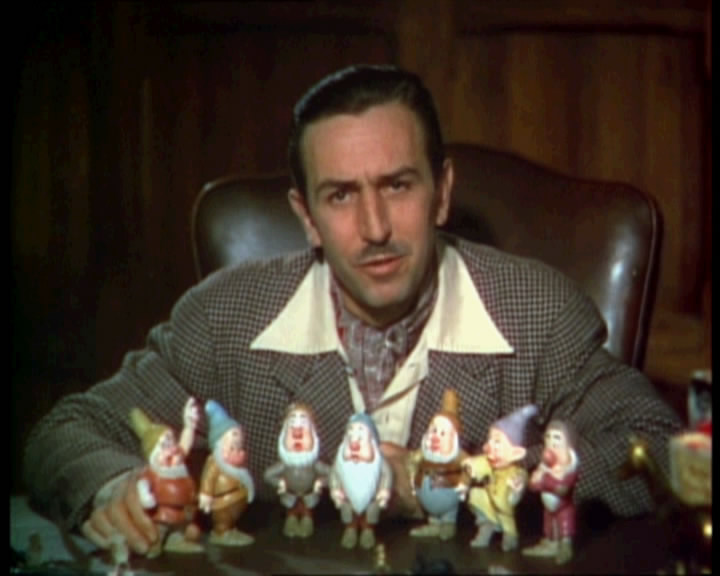 |
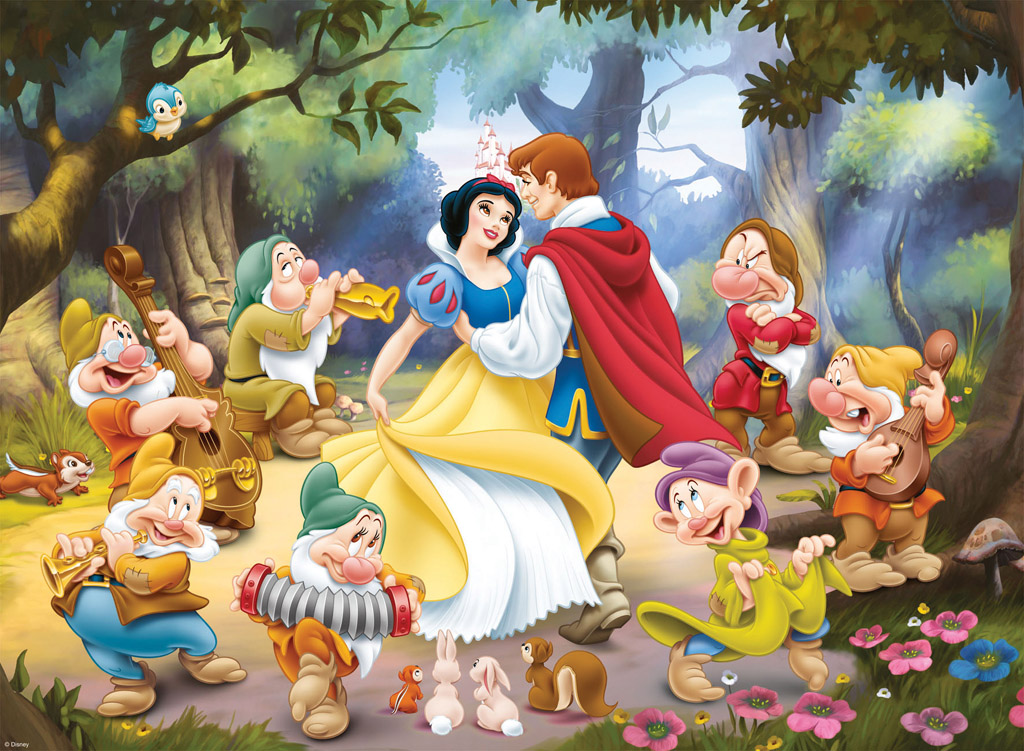 |
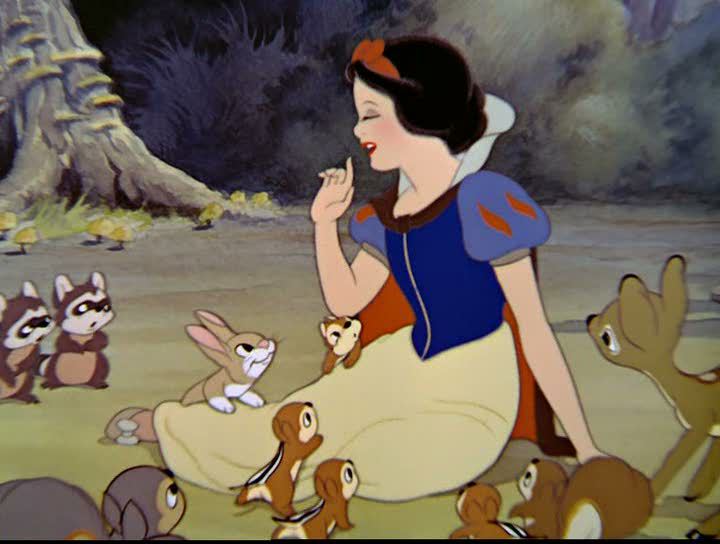 |
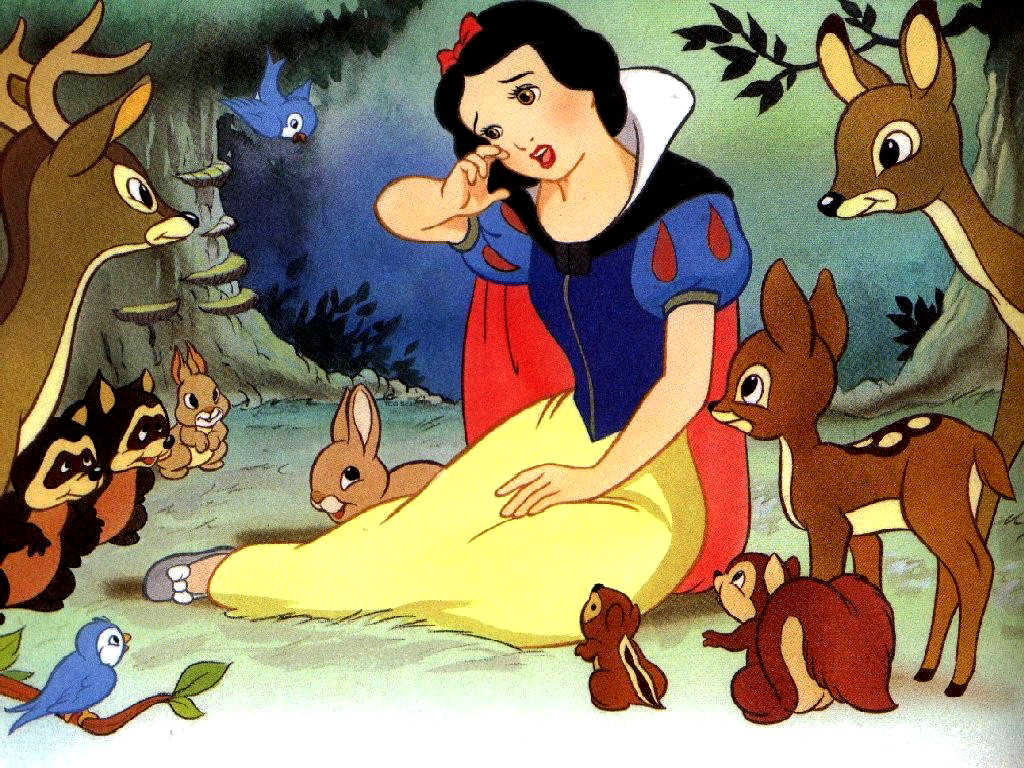 |
 |
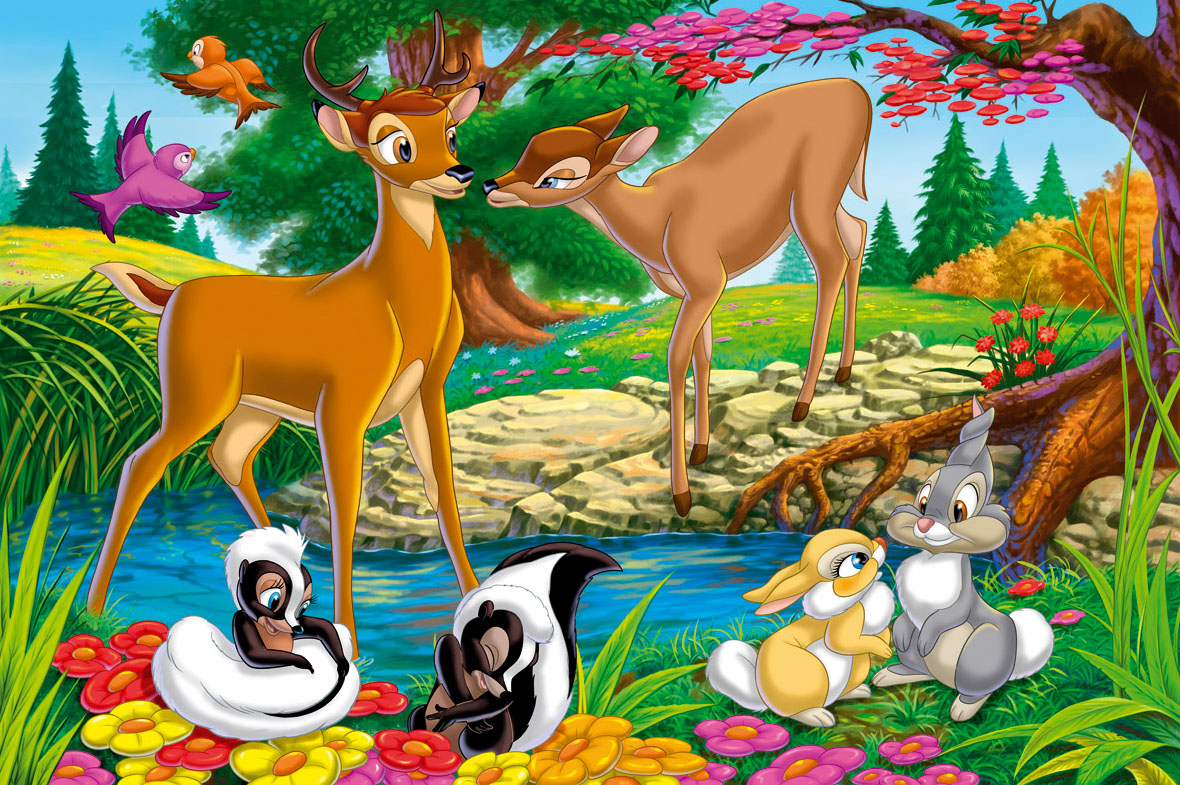 |
As his studio grew, Disney became more adventurous, introducing synchronized sound, full-color three-strip Technicolor, feature-length cartoons and technical developments in cameras. The results, seen in features such as The Three Little Pigs (1933), Snow White and the Seven Dwarfs (1937), Pinocchio, Fantasia (both 1940), Dumbo (1941) and Bambi (1942), furthered the development of animated film. New animated and live-action films followed after World War II, including the critically successful Cinderella (1950), Lady and the Tramp (1955), Sleeping Beauty (1959), One Hundred and One Dalmatians (1961), The Sword in the Stone in 1963 and Mary Poppins (1964).
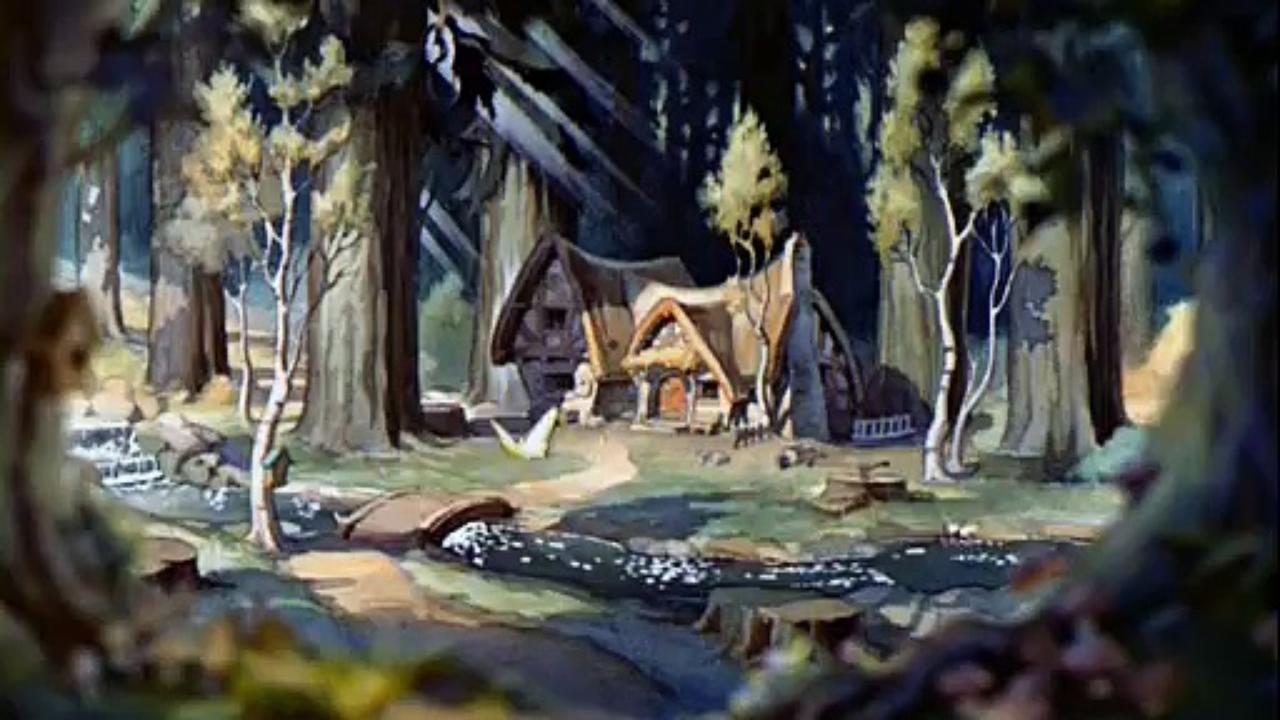 |
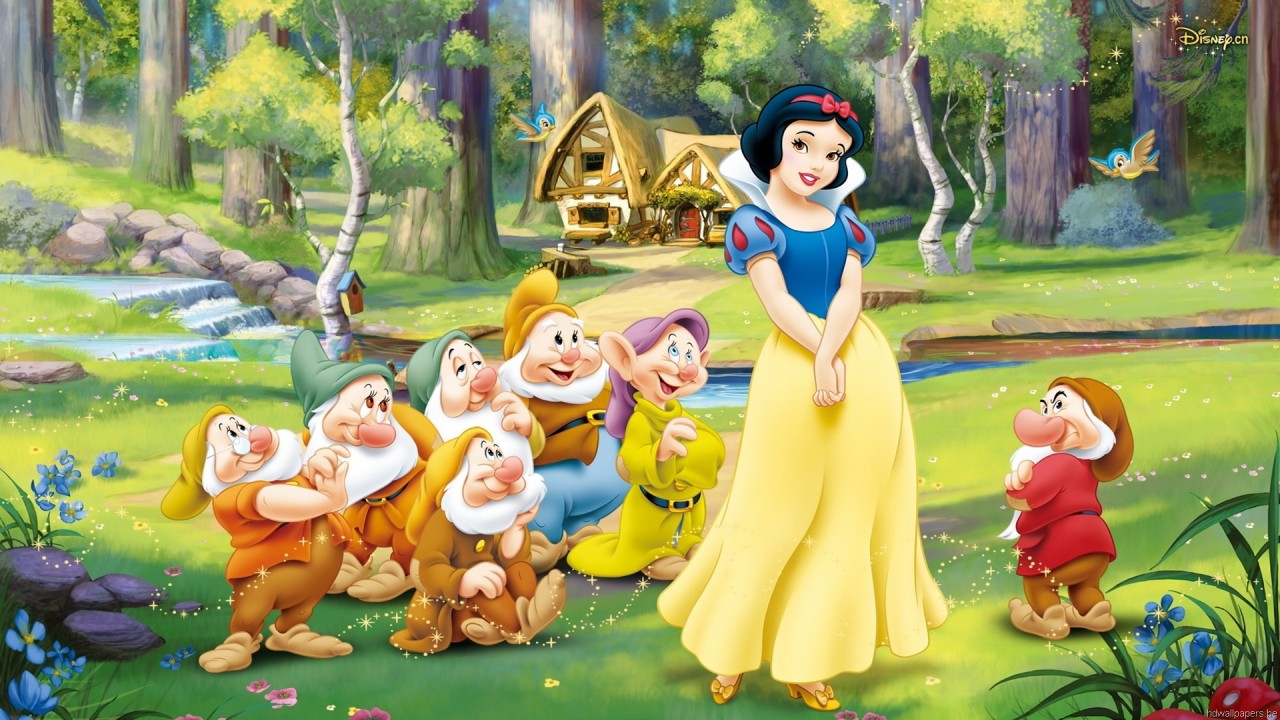 |
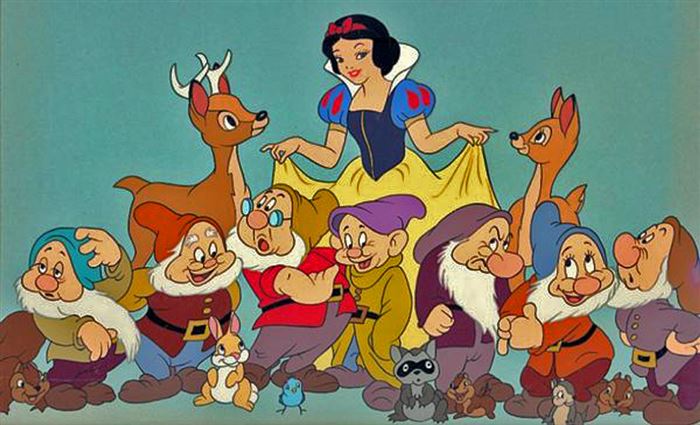 |
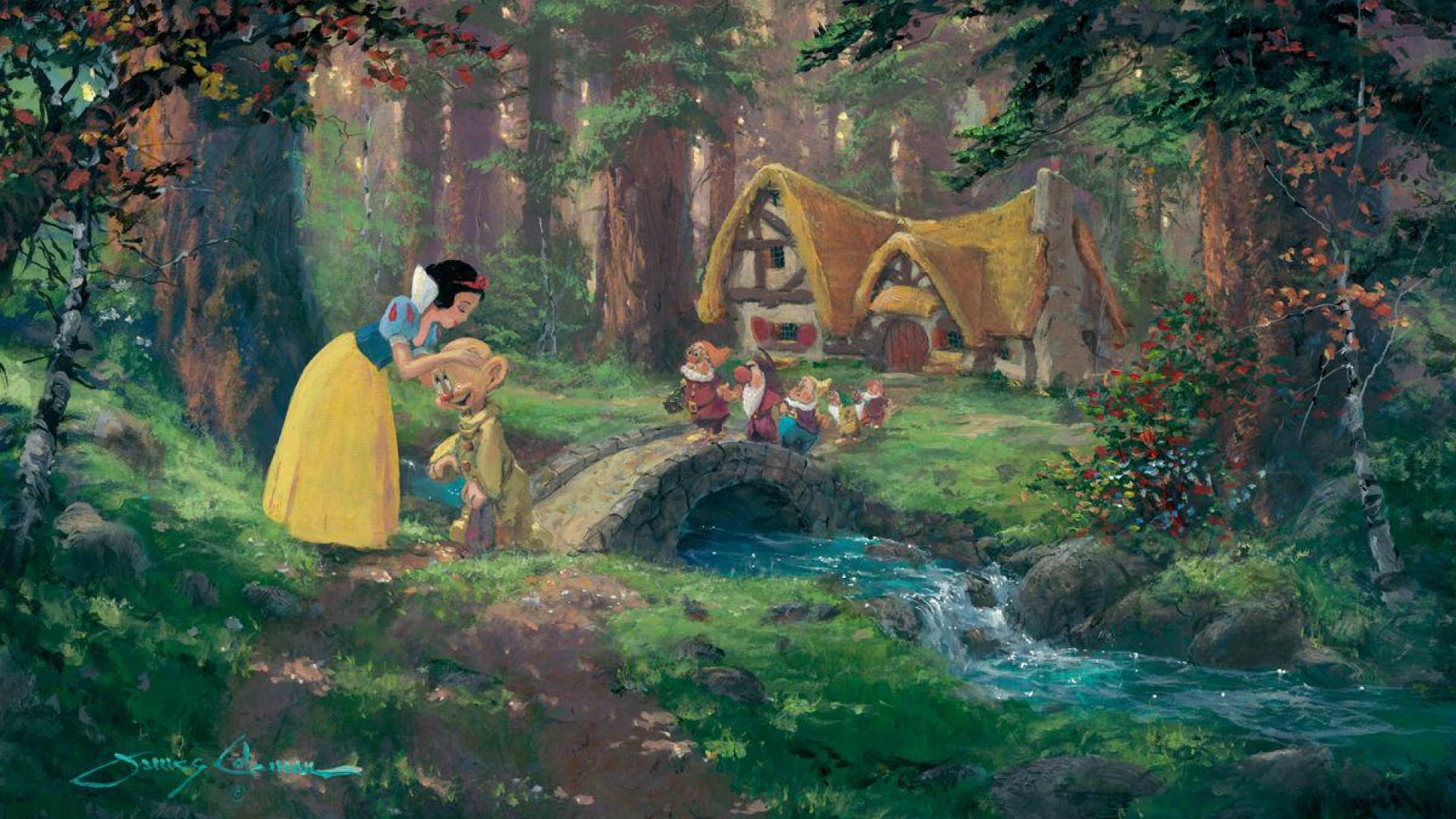 |
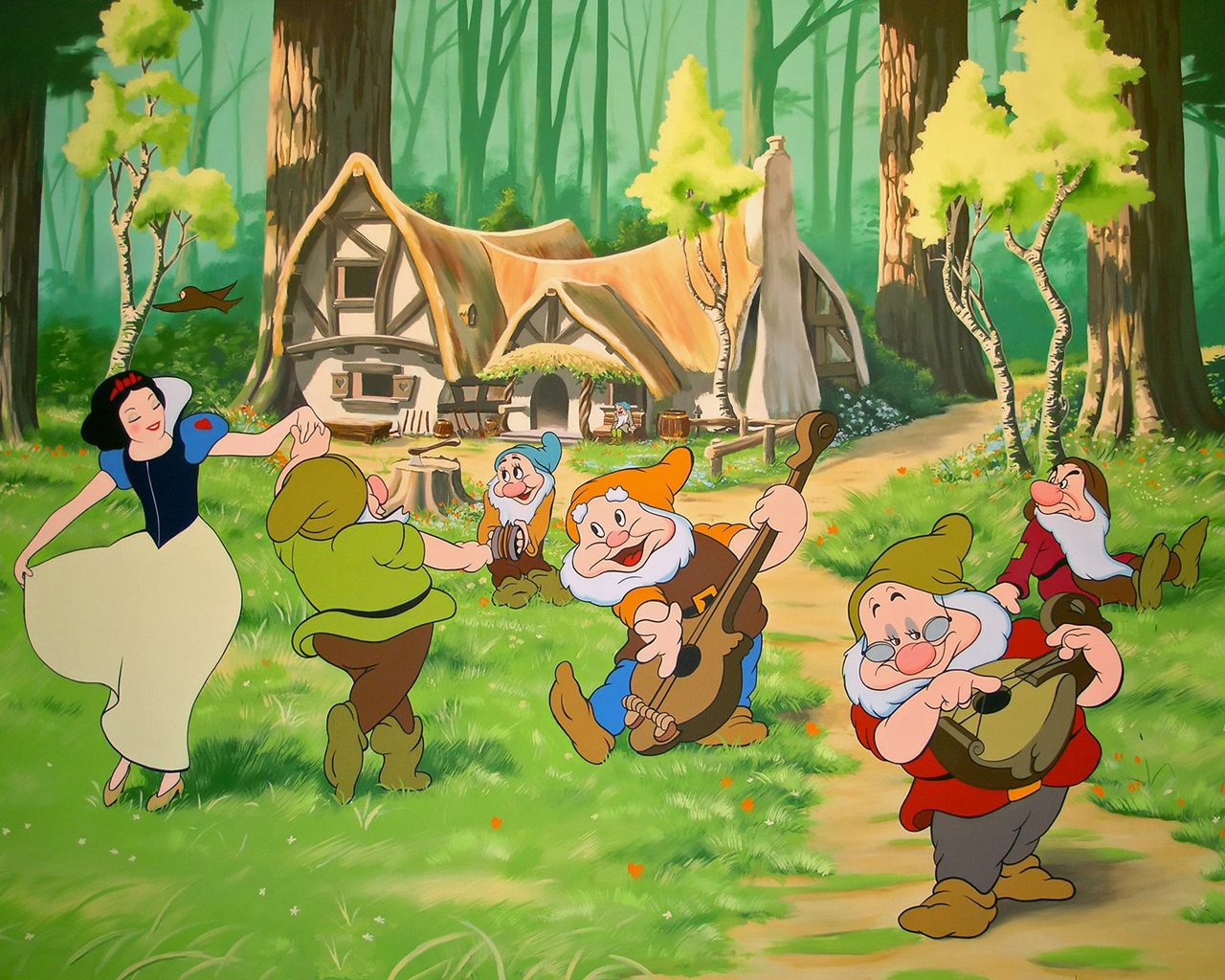 |
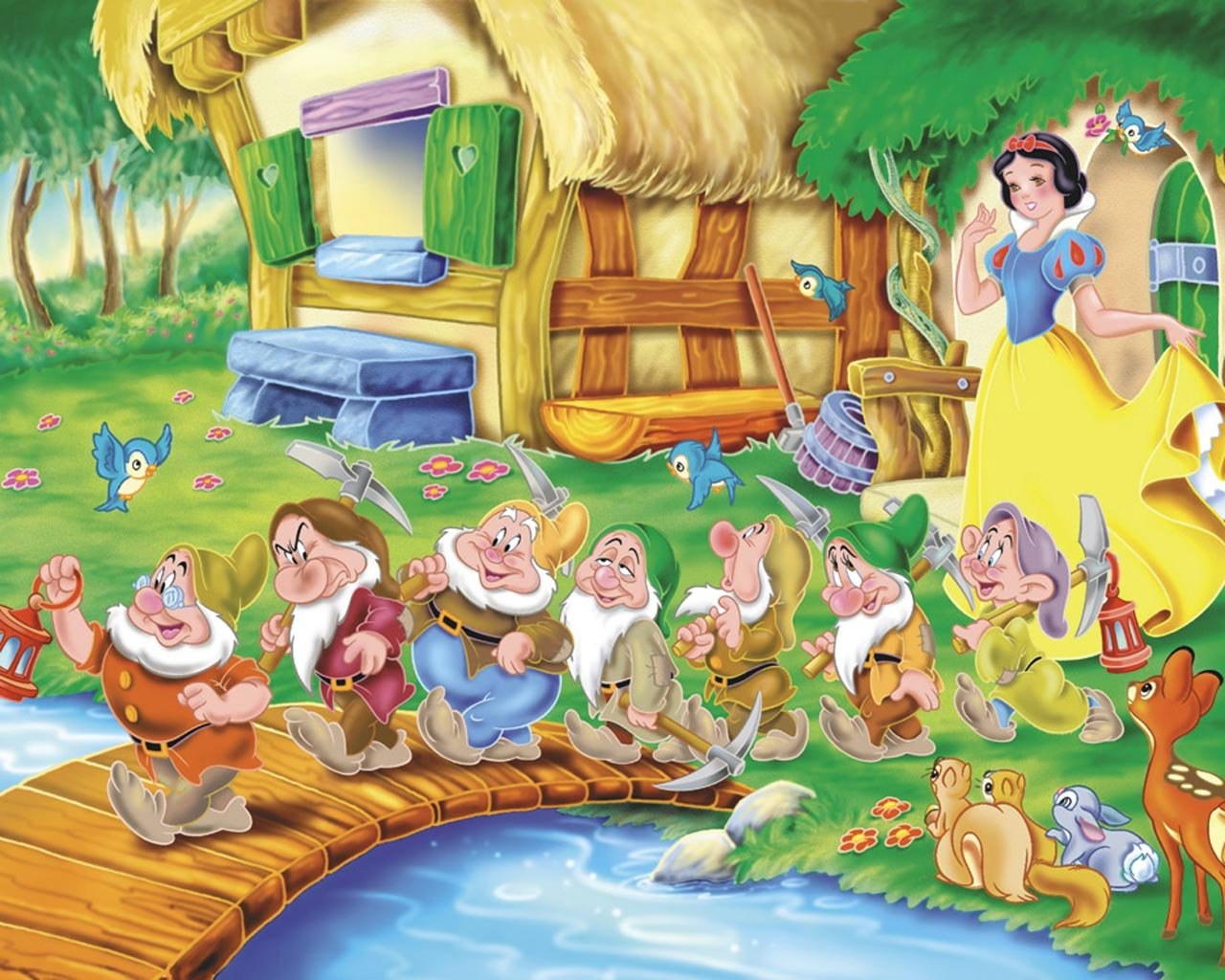 |
In the 1950s, Disney expanded into the amusement park industry, and in 1955 he opened Disneyland. He increased his involvement in the studio's films, and was heavily involved in the story development of The Jungle Book, the live-action musical feature The Happiest Millionaire (both 1967) and the animated short Winnie the Pooh and the Blustery Day. Disney was a heavy smoker throughout his life, and died of lung cancer.
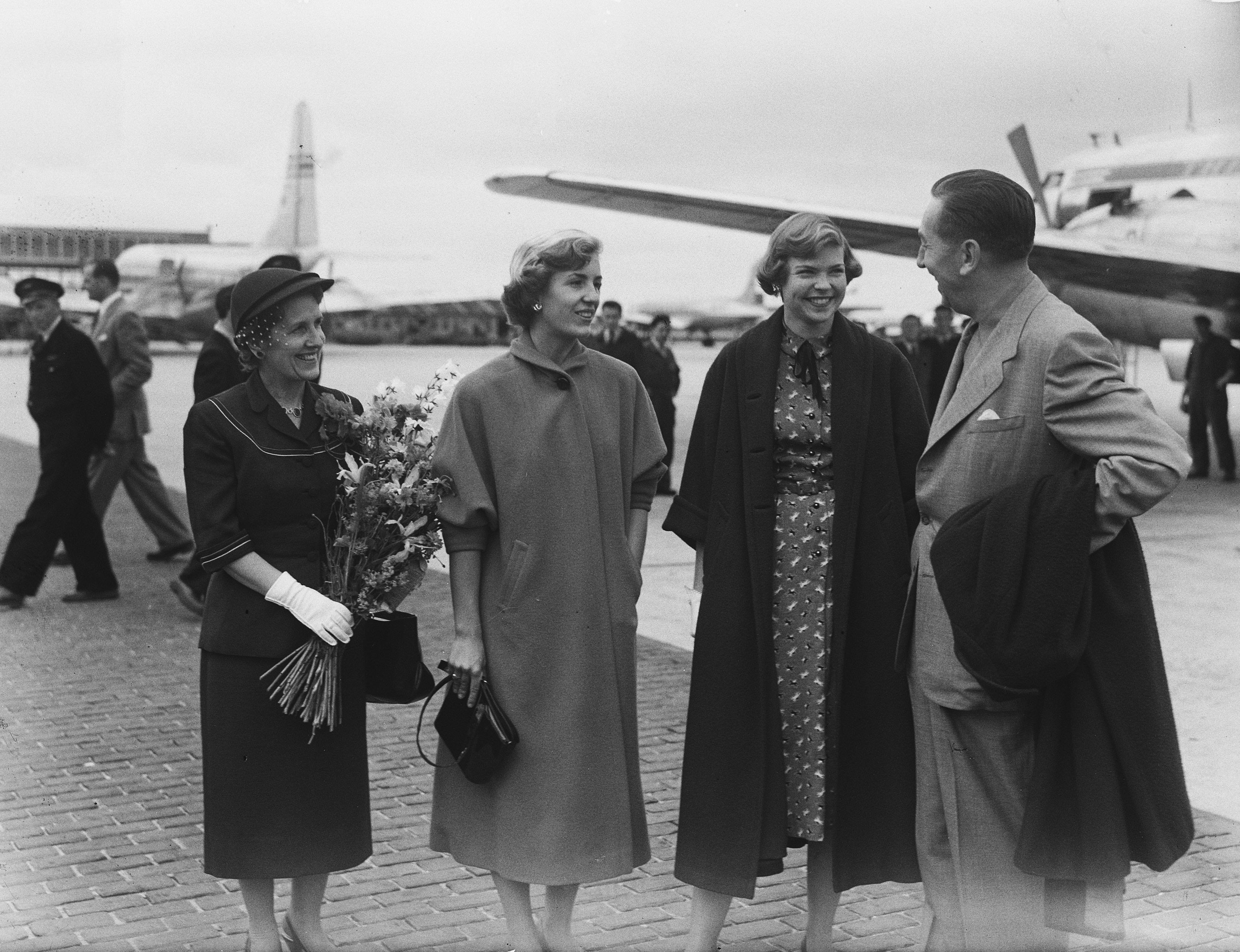
Disney family at Schiphol Airport (1951)
In the American Dictionary of National Biography, Langer writes: “Disney remains the central figure in the history of animation. Through technological innovations and alliances with governments and corporations, he transformed a minor studio in a marginal form of communication into a multinational leisure industry giant. Despite his critics, his vision of a modern, corporate utopia as an extension of traditional American values has possibly gained greater currency in the years after his death.”
Videos
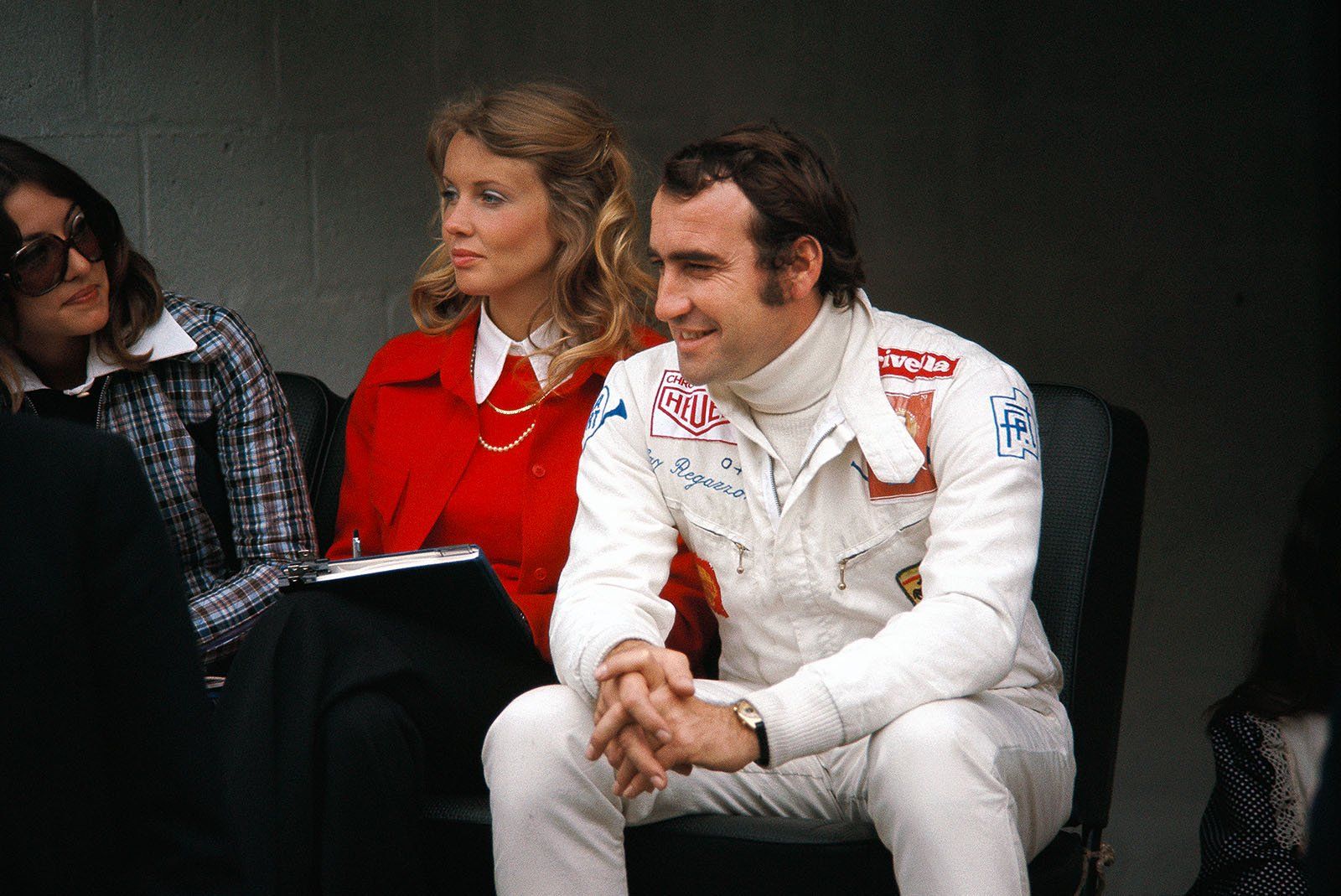
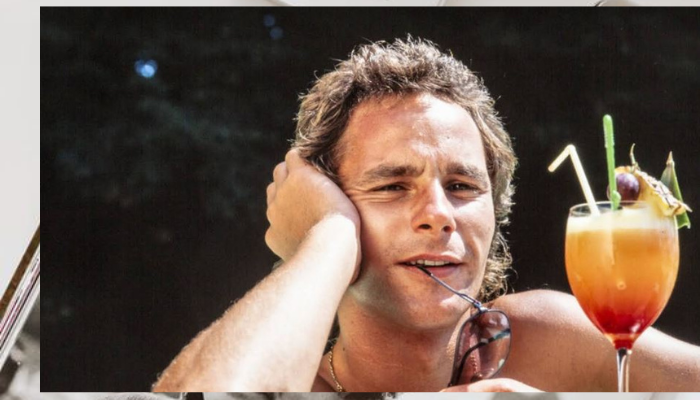
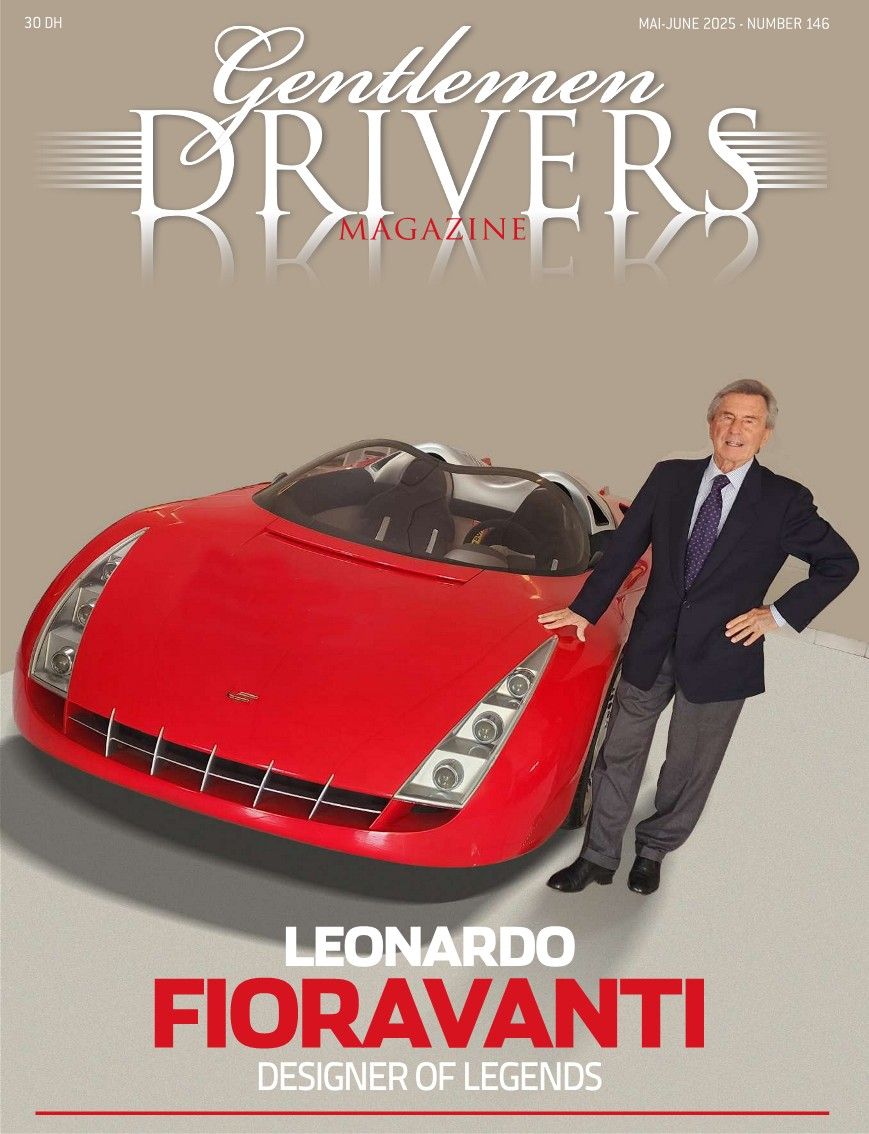
Comments
Authorize to comment